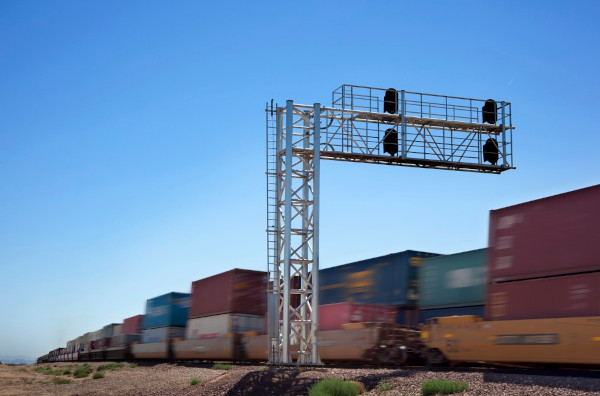IMC COMPANIES WHITE PAPER
Solving the supply chain bottleneck with PEEL PILES
By Mason George, President of IMC Companies National Accounts | October 2021
1. DEFINING THE PROBLEM
So, what's the problem?
What's causing the bottleneck in cargo delivery?
The current supply chain shortage is the result of a myriad of complex causes, many of which were exacerbated by the pandemic. A non-exhaustive list of contributing factors includes:
Critical Shortages
Wait times, lack of space & chassis are particularly challenging
2. WHAT IS A PEEL PILE
What is a Peel Pile and how can it help?
A peel pile, peel-off or flow stack is a revolutionary concept that was first introduced around 2015 and was used in fairly limited capacity until the strain of the current cargo crisis brought it back into use. A peel pile functions as follows:
It can take 3X as long for a driver to get a container in a non-peel pile process
An effective peel pile can take dwell time from
9 DAYS
down to
3 DAYS
3. THE BENEFIT OF PEEL PILES
How will peel piles benefit everyone in the supply chain?
Peel piles give us the unique opportunity to operate in a mutually beneficial, cooperative manner - all for the betterment of those who serve in and are served by the supply chain.
Historically, supply chain has typically been an 'every person for themself' industry, but the recent challenges we’ve been facing have presented us with a fork in the road that could lead each of us to greater heights in terms of efficiency, productivity and performance.
This groundbreaking shift in thinking could mean improved processes and outcomes for everyone including the rails, ports, beneficial cargo owners (BCOs) and end users everywhere.

4. WHAT ARE SMARTSTACKS
What are SmartStacks?
As the largest marine drayage company in the nation and the thought leader, IMC Companies is improving the overall process for our customers, our partners and the industry. We have implemented solutions to relieve unproductive lifts, long driver dwell times and inaccessible cargo.
One of those innovations is SmartStacks, our proprietary, data-based version of the “peel pile” that exponentially increases a driver's efficiency and our overall capacity. Via our own proprietary app, drivers can self-assign the most available load vs. waiting for a specific one. With our methodology we have doubled driver productivity, eliminated wasted lifts and made cargo more accessible to the masses.
